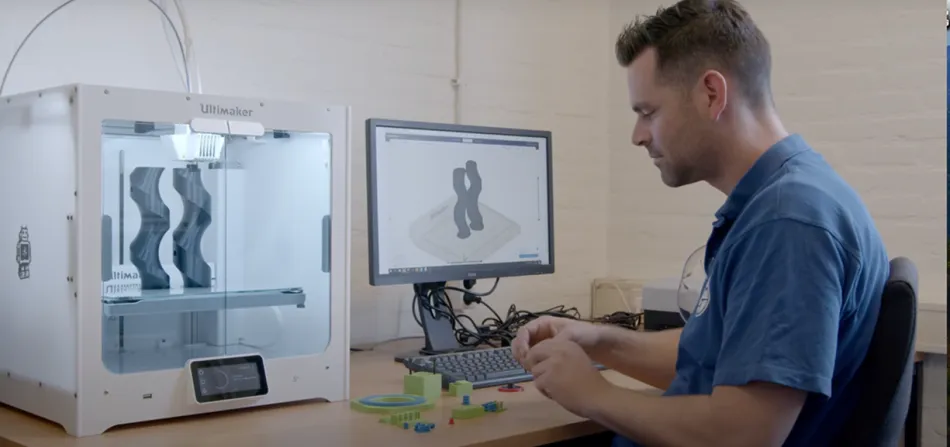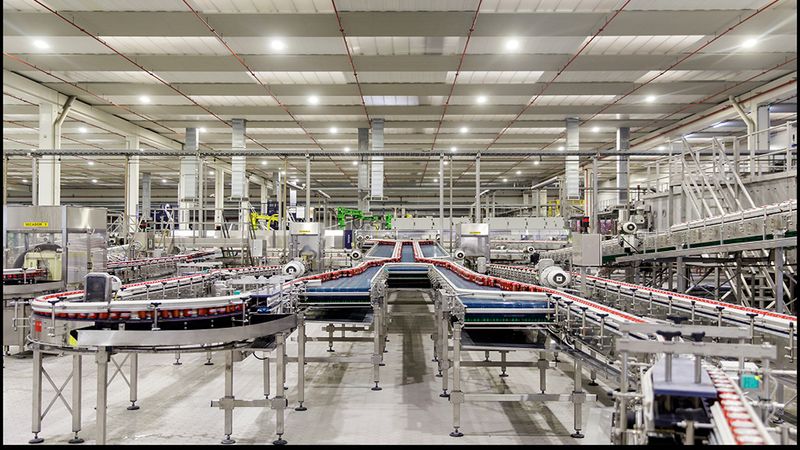How to tackle packaging challenges with 3D printing
At UltiMaker, we've seen how additive manufacturing can reshape packaging workflows from prototyping to production. Here's how packaging professionals are using 3D printing to solve common challenges - and how you can, too.
This article was first published on
ultimaker.comThe packaging industry faces constant pressure to evolve- balancing speed, cost, sustainability, and ever-tightening regulations. Whether you're dealing with food-grade packaging, custom containers, or high-volume production lines, traditional methods can quickly hit their limits. That's where 3D printing steps in.
At UltiMaker, we've seen how additive manufacturing can reshape packaging workflows from prototyping to production. Here’s how packaging professionals are using 3D printing to solve common challenges - and how you can, too.
1. Speed up with in-house prototyping
Waiting weeks for a prototype to arrive from a third-party supplier can bring development to a halt. With a 3D printer like the UltiMaker S8 on-site, your team can:
- Rapidly iterate packaging designs or spare parts within hours.
- Test ergonomics, fit, and aesthetics without the wait.
- Drastically shorten product development cycles.
2. Reduce waste through tooling optimization
Packaging production often relies on custom jigs, fixtures, and tooling. Traditionally made with metal, these tools can be costly and wasteful if designs need changing. With 3D printing:
- Custom tools are produced on-demand using only the material you need.
- Lightweight printed tools reduce wear on machines and lower worker fatigue.
- Iterating or redesigning is easy and inexpensive - leading to less scrap overall.
3. Improve regulatory compliance with on-demand parts
Staying compliant with hygiene and safety regulations - especially in food and pharmaceutical packaging - requires reliable and traceable tools and parts. 3D printing helps by:
- Producing traceable, documented parts with consistent quality.
- Allowing you to respond quickly to audits or regulation changes.
- Printing compliant materials (e.g, FDA-approved filaments) when needed.
4. Scale smart with a flexible production strategy
- Bridging the gap between prototype and production tools - Quickly produce custom jigs, fixtures, or end-of-arm tooling to test new formats without halting the line.
- Enabling low-risk, on-demand iterations - Trial production components or changeover parts for short runs without committing to costly molds.
- Supporting continuous improvement - Make fast design tweaks to production aids based on operator feedback or process changes—without waiting weeks for external suppliers
Real-world impact
Across industries, UltiMaker customers are using 3D printing to:
- Cut tooling, jigs and fixture lead times. For example, Trivium packaging slashed lead time by 90% by producing an infeed scroll wheel using additive manufacturing in-house.
- Save tens of thousands annually with in-house prototyping and custom applications.
- Meet environmental targets by reducing production waste

Conclusion
The packaging world is fast-moving, and 3D printing gives you the agility to keep up. From accelerating design cycles to improving compliance and reducing waste, additive manufacturing is a powerful tool for packaging professionals.
With UltiMaker’s ecosystem of reliable hardware, software, and material partnerships, you’re not just investing in a printer - you’re unlocking smarter, more sustainable production.
